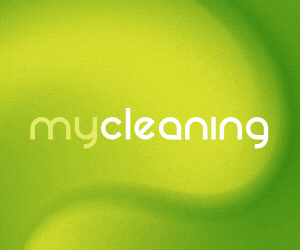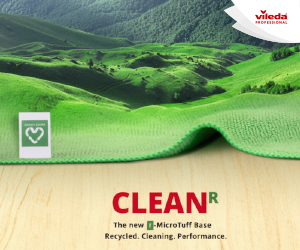According to the TSA (Textile Services Association), NHS organisations across England lose over 80% of their linen every year. It’s a massive drain on resources and very much against sustainability targets. The TSA is working with the NHS to put together a programme to help reduce the level of wastage, saving money and improving sustainability of linen services.
As commercial laundries own around 90% of the linen used by the NHS in England, TSA members are well-placed to report on the issue of wastage, including the statistics. It say these NHS losses amount to four million pieces of linen, which equates to 7,600 tonnes of carbon. It’s not just the textiles that are lost - to manufacture those four million lost pieces will have taken 24 billion litres of water, the equivalent of around 300 million full bathtubs.
“It’s a massive problem and a big black mark against the NHS’s own sustainability targets,” says David Stevens, CEO of the TSA. “A key issue is getting NHS staff to understand the value of the linen they use - a lot of the losses are due to misuse. For example, they shouldn’t be using bed linen to clean things or mop up spills.”
In conjunction with the NHS, the TSA is putting together training resources to help staff understand the value of linen and to explain what good (and bad) practice looks like. One poster shows how to make linen last longer, listing the types of stains that can render the textile unusable.
Another key issue the TSA is focusing on is disposable vs reusable gowns. “The sustainability argument is cut and dried,” says David. “A disposable gown can be used once, reusable gowns can be used 70 or more times, which makes them both economically and environmentally the best choice. At end of life, disposable gowns have to be disposed of, whereas reusable ones can be recycled.”
While around 30% of the NHS estate opts for reusable surgical gowns, this still leaves significant numbers that don’t.
“The feedback we have had from NHS bosses has been very positive,” David adds. “We are working with them to find the best way to educate and change attitudes, with the aim of delivering a more sustainable linen service for the NHS.”










